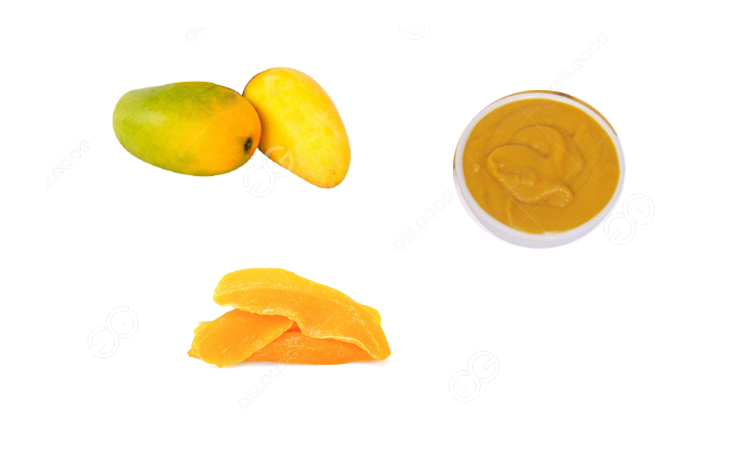Mango processing is a crucial aspect of transforming fresh mangoes into various finished products such as mango pulp, juice, slices, pickles, and dried mangoes. The process involves several stages to ensure the quality and safety of the final products. Let’s explore the general steps involved in mango processing for different finished products:
Harvesting and sorting:
The first step in mango processing begins with the careful harvesting of ripe mangoes. Quality control starts in the orchard, ensuring only mature and healthy mangoes are selected. After harvesting, the mangoes are sorted to eliminate any damaged or overripe fruits.
Washing and peeling:
Once sorted, the mangoes undergo thorough washing to remove any dirt or contaminants. Depending on the final product, the mangoes may be peeled. Mango peeling is typically done for products like mango pulp and juice.
Cutting and slicing:
After washing and peeling, the mangoes are cut and sliced according to the desired end product. For mango slices and chunks, the fruit is cut into uniform pieces. Mango pulp and juice processing involve further refining the fruit to extract the puree.
Blanching:
In some cases, blanching may be employed to maintain the color, flavor, and nutritional value of the mango. This involves briefly immersing the fruit in hot water and then cooling it rapidly.
Pulping and pureeing:
Mangoes intended for pulp and juice go through a pulping process. The fruit is crushed and passed through screens to extract the pulp. The pulp may undergo additional processing to achieve the desired consistency.
Heat treatment:
Heat treatment is a crucial step to ensure the safety and extend the shelf life of the final products. The mango pulp or juice is heated to a specific temperature to eliminate harmful microorganisms and enzymes that can cause spoilage.
Packaging:
Once processed, the mango products are packaged in sterile conditions to prevent contamination. Packaging formats vary based on the final product, with options including cans, bottles, tetra packs, or pouches.
Quality control:
Throughout the processing stages, quality control measures are implemented to monitor factors such as color, taste, texture, and nutritional content. Quality assurance ensures that the finished products meet the required standards.
Storage and distribution:
The final mango products are stored in controlled environments to maintain their quality. Proper storage conditions, including temperature and humidity, are crucial. The finished products are then distributed to various markets for consumer access.
Dried mango processing:
For dried mangoes, an additional step involves drying the mango slices or pieces. This can be done through sun drying or using specialized drying equipment. The dried mangoes are then packaged for sale.
Mango processing involves a series of carefully orchestrated steps to transform fresh mangoes into a variety of finished products. Each stage plays a crucial role in determining the quality, flavor, and safety of the final mango-based products available to consumers worldwide.
